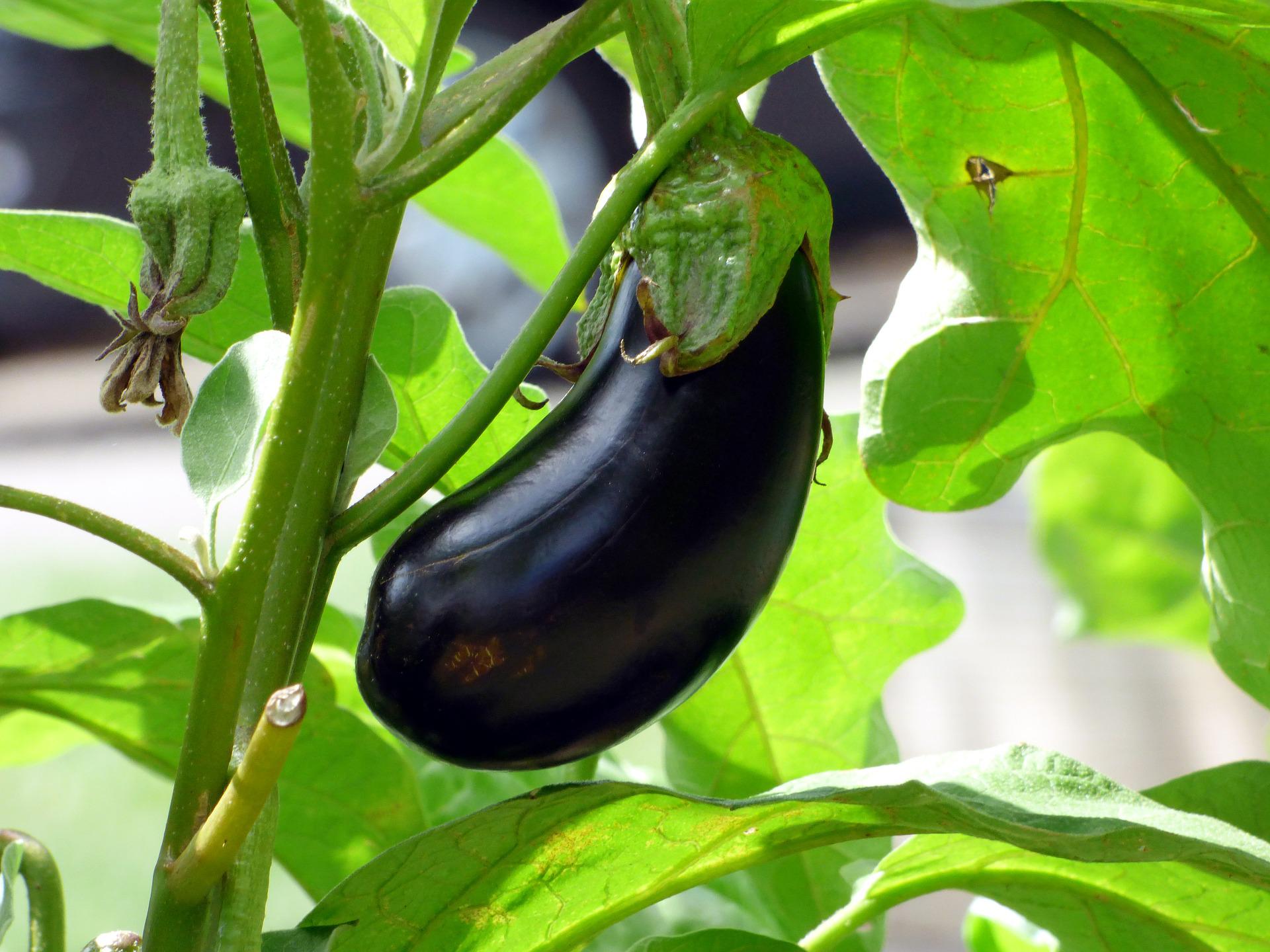In protected spaces, eggplant can also be grown without soil, using hydroponic systems. Substrates used in hydroponic cultivation can vary in origin.
Organic substrates include: coconut, rice husks, sawdust, tree bark, and pine needles.
Inorganic substrates include: rock wool, vermiculite, perlite, quartz sand, and expanded clay.
Synthetic substrates include: expanded polyurethanes, expanded polystyrenes, and urea-formaldehyde.
Regardless of the type, the substrate must be inert and stable (it should not decompose, dissolve, or significantly alter the composition of the nutrient solution), clean, allow easy drainage of excess nutrient solution, and have a favorable ratio of micro and macro pores.
Cultivation on Rock Wool
Rock wool is a fibrous substrate obtained from basalt, limestone, and coke at a temperature of 1600°C, making it completely sterile. It has a low volume weight (70 kg/m3), a high pore volume, a high water retention capacity, and good absorption properties. The soil in the protected area is covered with white foil, and along the rows, polystyrene panels, which are good thermal insulators, are placed. Additional heating pipes can be installed in these panels. The rock wool slabs are wrapped in black and white foil, and holes are made for the seedlings. Seedlings grown in rock wool cubes, wrapped in foil on the sides, are placed on the slabs at the planned spacing. A drip irrigation system provides a nutrient solution tailored to the plant’s developmental needs.
Advantages of Hydroponic Cultivation:
- No crop rotation required
- Reduced occurrence of pathogens
- Lower use of plant protection products
- Reduced environmental pollution
- Cultivation on surfaces unsuitable for traditional farming
- High production intensity
- High degree of automation
- Less labor for processing, cultivation, and disinfection
- Reduced water and nutrient consumption













































